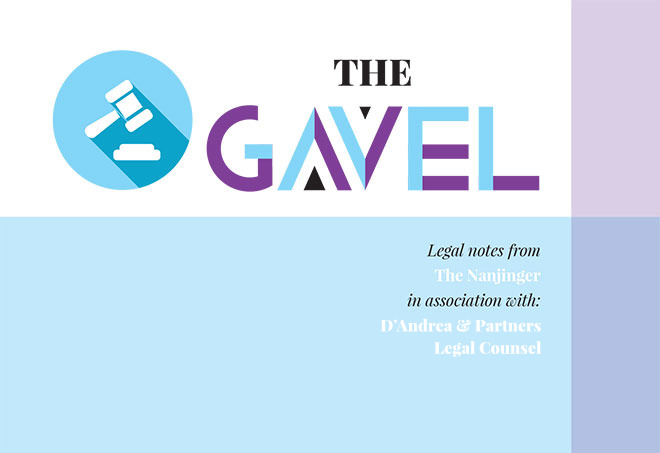Since 1978, China has formally pursued a policy of “reform and opening-up” in an effort to attract foreign investment. Ever since, resulting reforms have gradually liberalised the nation’s foreign investment controls. Between 1983 and 2020, foreign investment increased by a factor of nearly 1,000, from US$1.77 billion to US$1.36 trillion.
China’s first foreign investment took place in 1980, in the form of sino-foreign equity joint ventures, after the promulgation of the Law of the People’s Republic of China on Sino-Foreign Equity Joint Ventures (EJV) in July, 1979. Subsequently, the Law of the People’s Republic of China on Wholly Foreign-Owned Enterprises (WFOE) was promulgated in 1986 and the Law of the People’s Republic of China on Sino-Foreign Cooperative Joint Ventures (CJV) in 1988 (collectively the “Three Laws”). These have played important roles in foreign investment for a long time, but in 2020, the new Foreign Investment Law (FIL) and the Regulations on Implementation of the Foreign Investment Law, came into effect and the previous three laws were repealed.
With the goal of actively promoting foreign investment, the new controls considerably expand foreign investment protections, lift certain foreign ownership limitations and relax regulatory requirements for foreign investors in China.
During the period of the Three Laws, the foreigner investors needed to follow specific requirements in the Three Laws rather than Chinese Company Law. The foreign investors could not freely negotiate with their Chinese cooperators regarding how to govern and operate the company like any domestic company.
In addition, prior to 2016, foreign investors needed to strictly follow some of the government’s firm market access control measures. These measures were implemented through the Ministry of Commerce’s Catalogue for the Industrial Guidance of Foreign Investments (“MOFCOM Catalogue”), which maintained a list of domestic industries in which foreign investment may be strictly limited or outright prohibited. The MOFCOM Catalogue framework subjected every foreign investment to extensive government review and approval processes, including antitrust and national security reviews, regardless of the applicable industry. If approved, their business activities were strictly limited to the scope of their business licenses. In 2016, the MOFCOM Catalogue was replaced by the Special Administrative Measures for the Access to Foreign Investment (Negative List), which removed the universal review and approval processes. Under the Negative List framework, foreign investors are afforded the same market access as domestic entities, unless the particular industry is restricted or prohibited for reasons of national security or public welfare. The Negative List has been gradually and significantly shortened and China keeps broadening the market open to investors.
Since the beginning of 2020, to effectively respond to the COVID pandemic and stabilise the fundamentals of foreign trade and investment, China has introduced a range of policies to bail out enterprises facing difficulties and to offer tremendous support to market entities of all kinds, including enterprises with foreign investment, as they resume work. China, as a pathfinder for effective pandemic prevention and control across the world, has also been a frontrunner in resuming production and restoring normality.
From the development of foreign investment in China since “opening up”, we can see that after several dynasties of foreign investment, the limitations thereto have been reduced, the procedures thereto have been facilitated and the markets thereto broadened.
China therefore has become, and remains, one of the most attractive destinations for foreign investors in the whole world.
DISCLAIMER This article is intended solely for informational purposes and does not constitute legal advice. Although the information in this article was obtained from reliable, official sources, no guarantee is made with regard to its accuracy and completeness. For more information please visit dandreapartners.com or WeChat: dandreapartners







